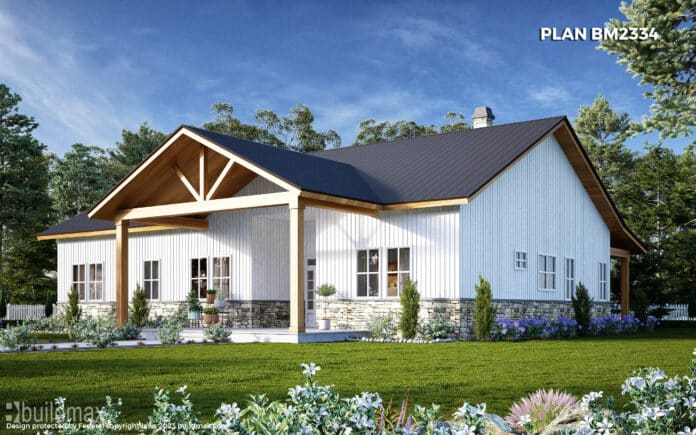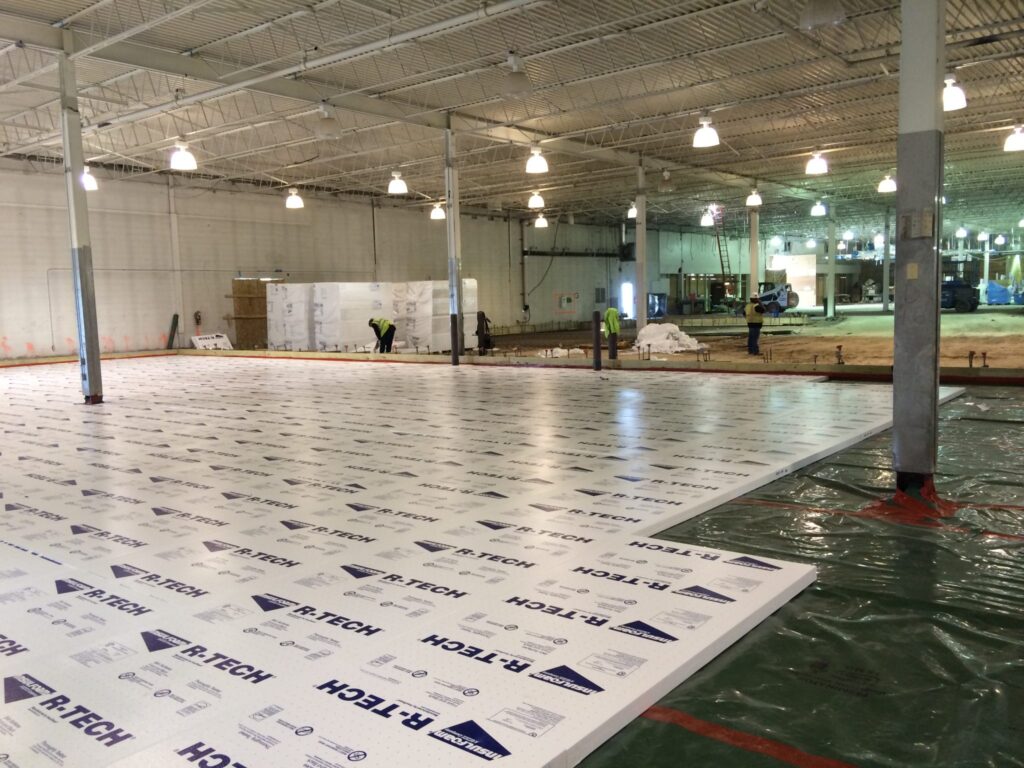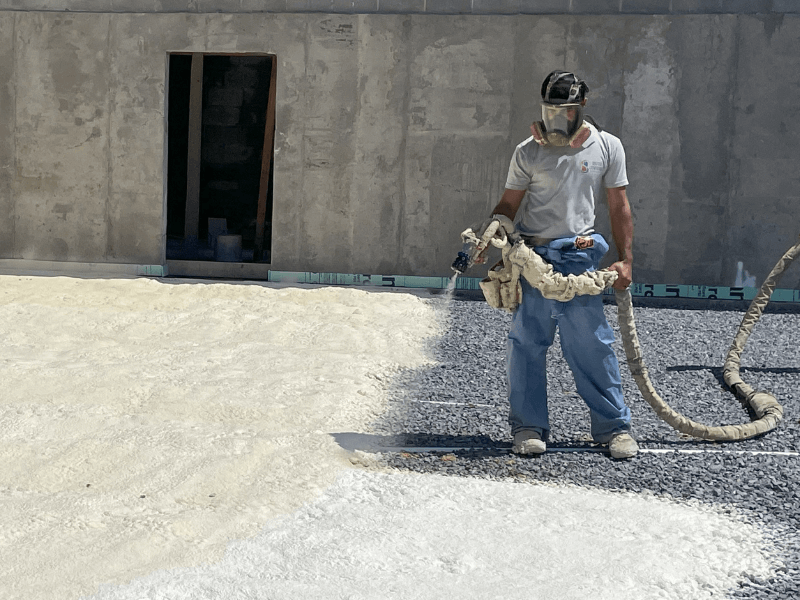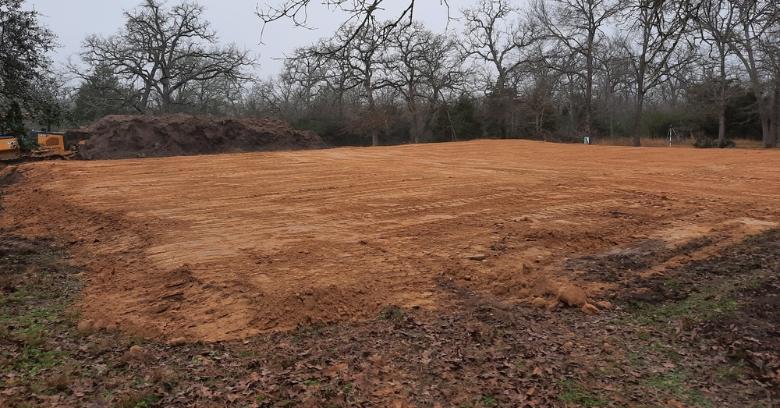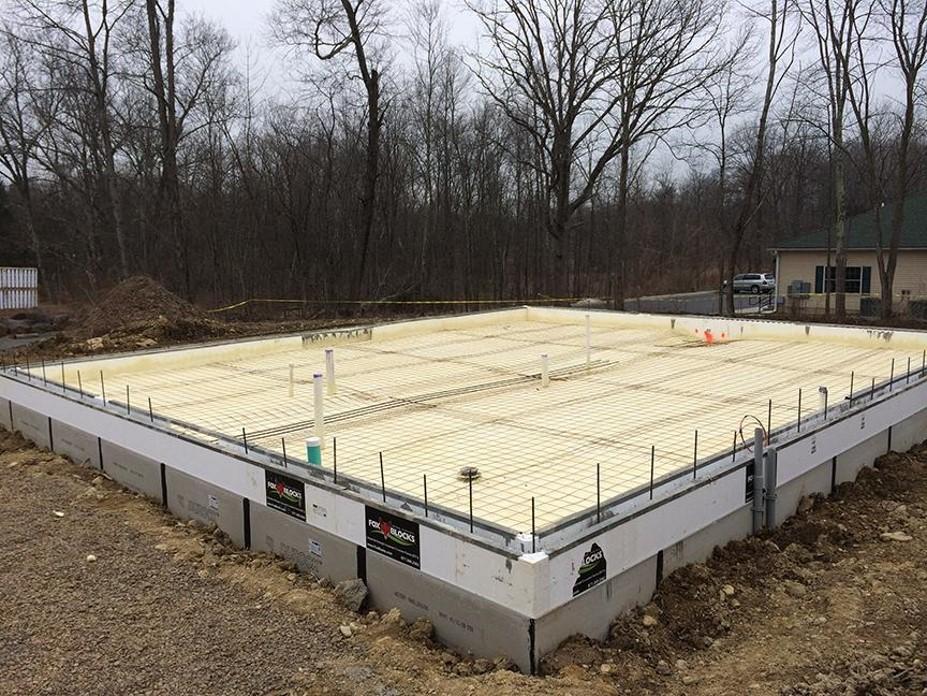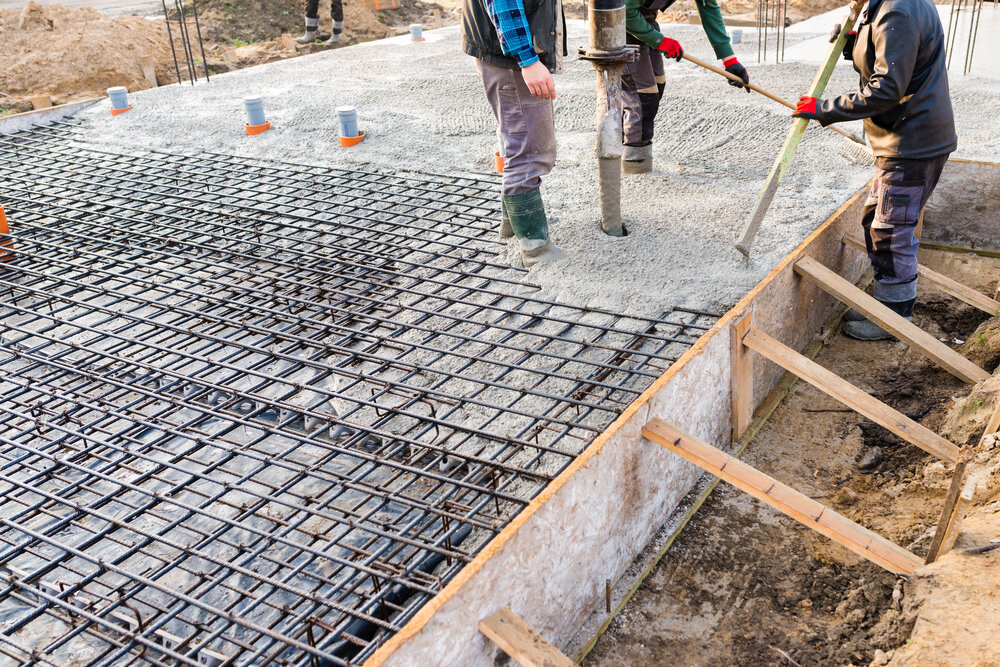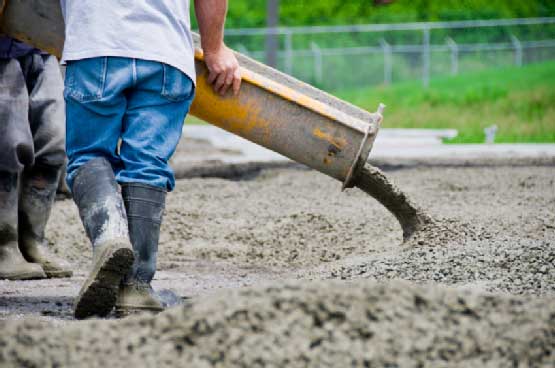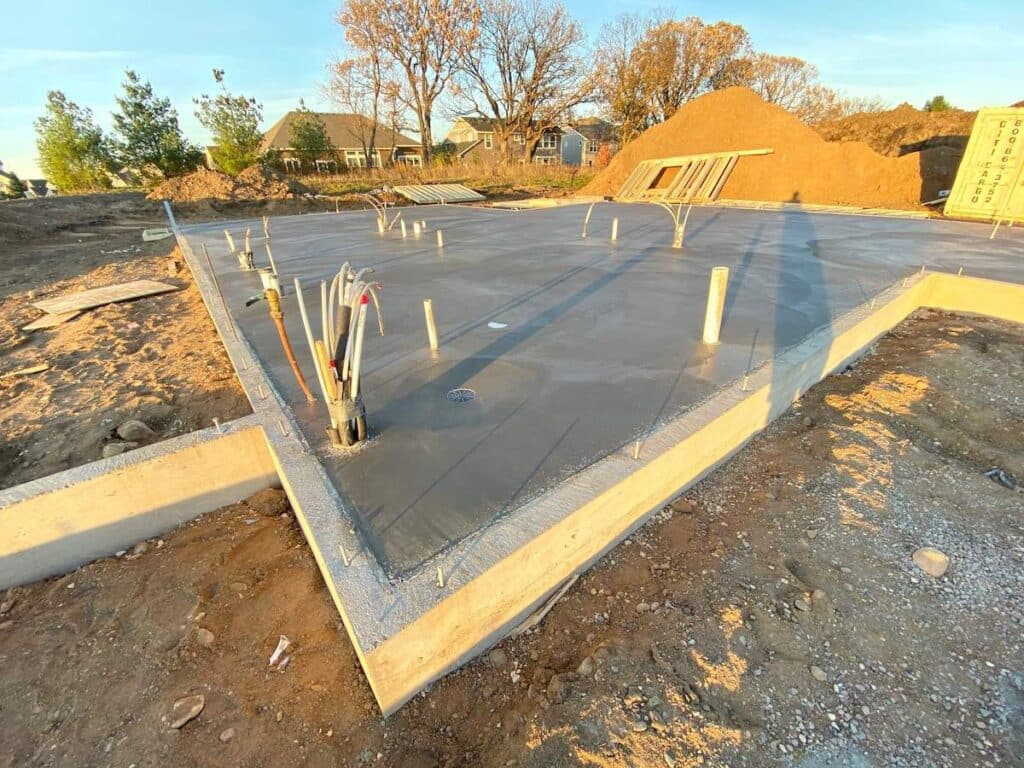Insulating a Concrete Slab Foundation for a Steel Frame Barndominium
Building a barndominium with a steel frame and concrete slab foundation offers numerous benefits, including durability, cost-effectiveness, and resistance to pests and decay. However, to maximize comfort and energy efficiency, proper insulation of the concrete slab is essential. This article provides a detailed guide on how to insulate a concrete slab foundation for a steel frame barndominium, ensuring a well-protected, energy-efficient home.
Understanding the Importance of Slab Insulation
Insulating a concrete slab foundation prevents heat loss in the winter and keeps the interior cool in the summer. It also helps to mitigate issues such as condensation, which can lead to mold and mildew growth. Proper insulation can significantly reduce heating and cooling costs, creating a more comfortable living environment year-round.
Types of Slab Insulation
Several types of insulation can be used for a concrete slab foundation, each with its own benefits and installation methods:
1. Rigid Foam Board Insulation
Rigid foam board is one of the most commonly used insulation materials for slab foundations. It is available in various thicknesses and R-values (a measure of thermal resistance). Common materials include expanded polystyrene (EPS), extruded polystyrene (XPS), and polyisocyanurate (polyiso).
Benefits:
– High R-value
– Moisture resistant
– Easy to cut and fit around irregular shapes
2. Spray Foam Insulation
Spray foam insulation can be applied directly to the underside of the slab or onto the soil before the slab is poured. It offers excellent air sealing properties and higher R-values than traditional batt insulation.
Benefits:
– Forms a continuous barrier against air and moisture
– Fills gaps and voids effectively
– Provides both insulation and vapor barrier in one solution
Steps to Insulate a Concrete Slab Foundation
Step 1: Preparing the Site
Before any insulation is installed, ensure the site is properly prepared. This includes leveling the ground and providing adequate drainage to prevent water accumulation under the slab.
Step 2: Installing a Vapor Barrier
Lay a vapor barrier (typically 6-mil polyethylene sheeting) to prevent ground moisture from penetrating the slab. Ensure all seams are overlapped and sealed with tape.
Step 3: Insulating with Rigid Foam Boards
– **Perimeter Insulation:** Install rigid foam board insulation around the perimeter of the slab foundation. This area is most susceptible to heat loss. The insulation should extend at least two feet down from the top of the slab.
– **Under Slab Insulation:** For additional thermal protection, place rigid foam boards directly on top of the vapor barrier, covering the entire area where the slab will be poured. This is especially effective in colder climates.
Step 4: Installing Reinforcement
After the insulation is in place, install any necessary reinforcements such as rebar or wire mesh. Ensure these elements do not disturb the insulation setup.
Step 5: Pouring the Concrete
Carefully pour the concrete over the prepared foundation. Ensure that the insulation is not shifted during this process. Use techniques that avoid direct impact on the insulation, such as pumping the concrete into place.
Step 6: Finishing Touches
Once the concrete has cured, you can add additional perimeter insulation above the slab and cover it with soil or a decorative facing material.
Considerations for Enhanced Efficiency
– **Choose the Right Insulation:** Select insulation with the appropriate R-value for your climate zone. Higher R-values provide better thermal resistance.
– **Seal All Gaps:** Ensure that all joints and edges are sealed properly to prevent air leaks.
– **Consider Radiant Heating:** If installing radiant heating systems, ensure they are placed close to the surface of the concrete for maximum efficiency.
Insulating a concrete slab foundation for a steel frame barndominium is a critical step in constructing a durable, energy-efficient home. By following these detailed steps and choosing the right materials, homeowners can enjoy reduced energy costs and a comfortable living environment, making their barndominium a cozy and sustainable home for years to come.



